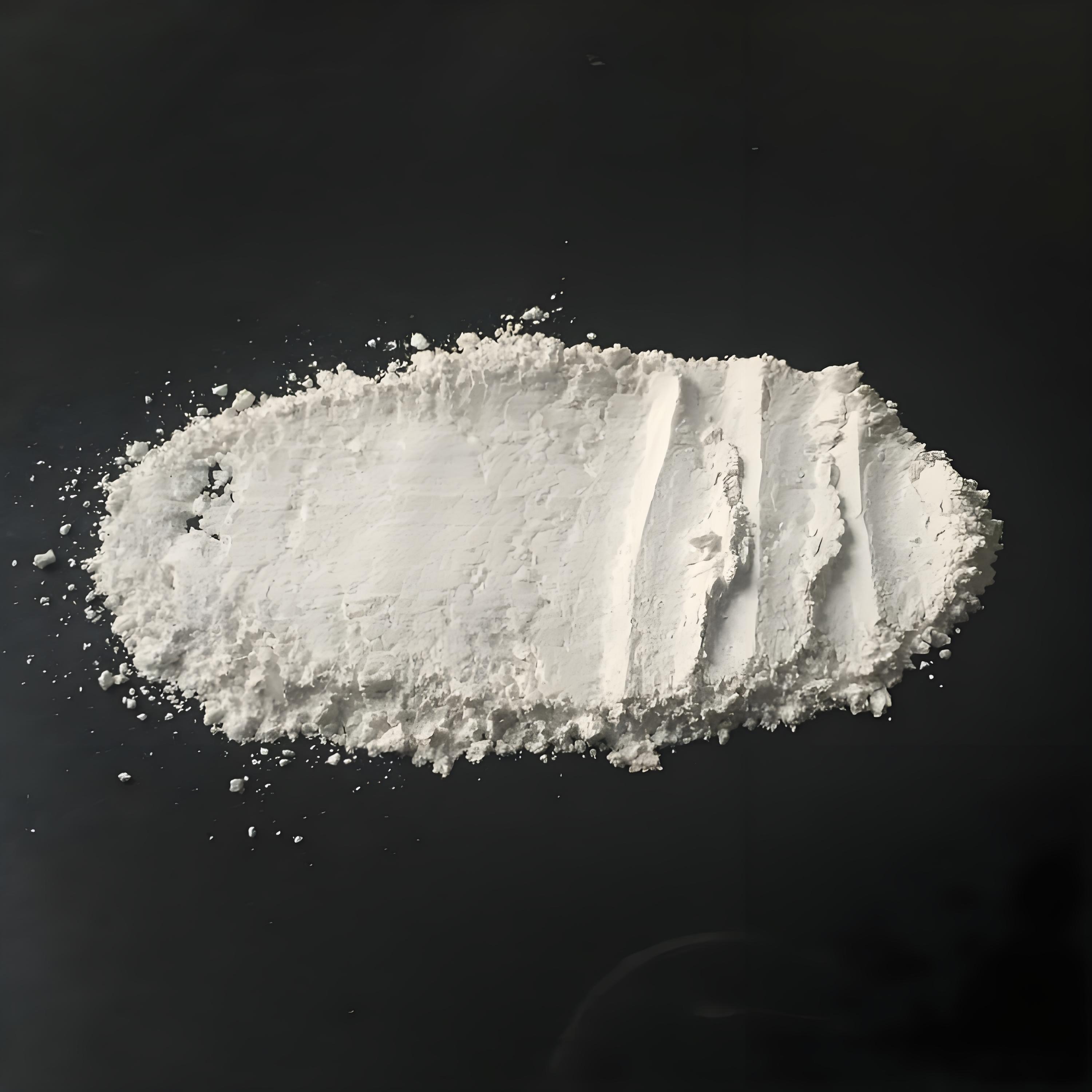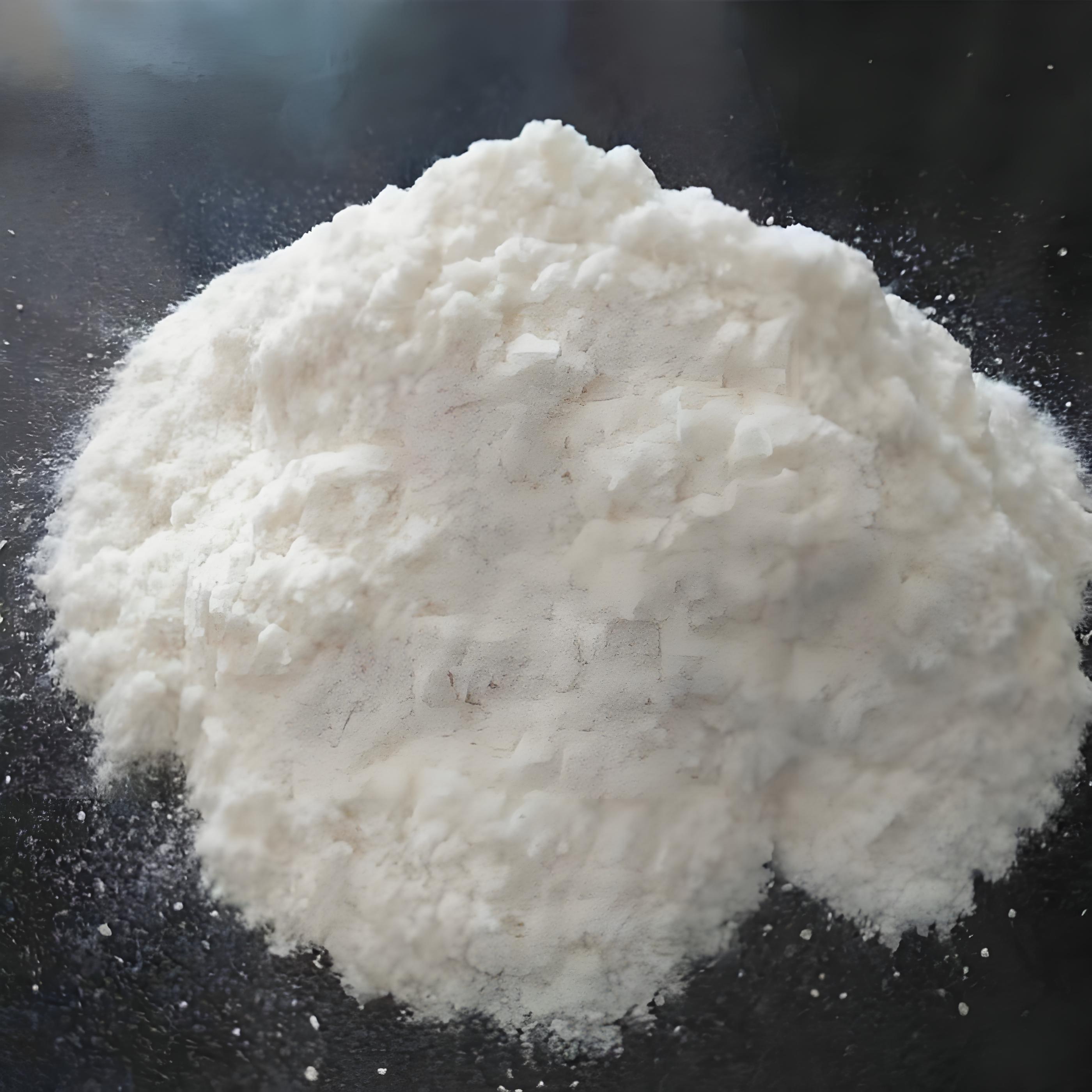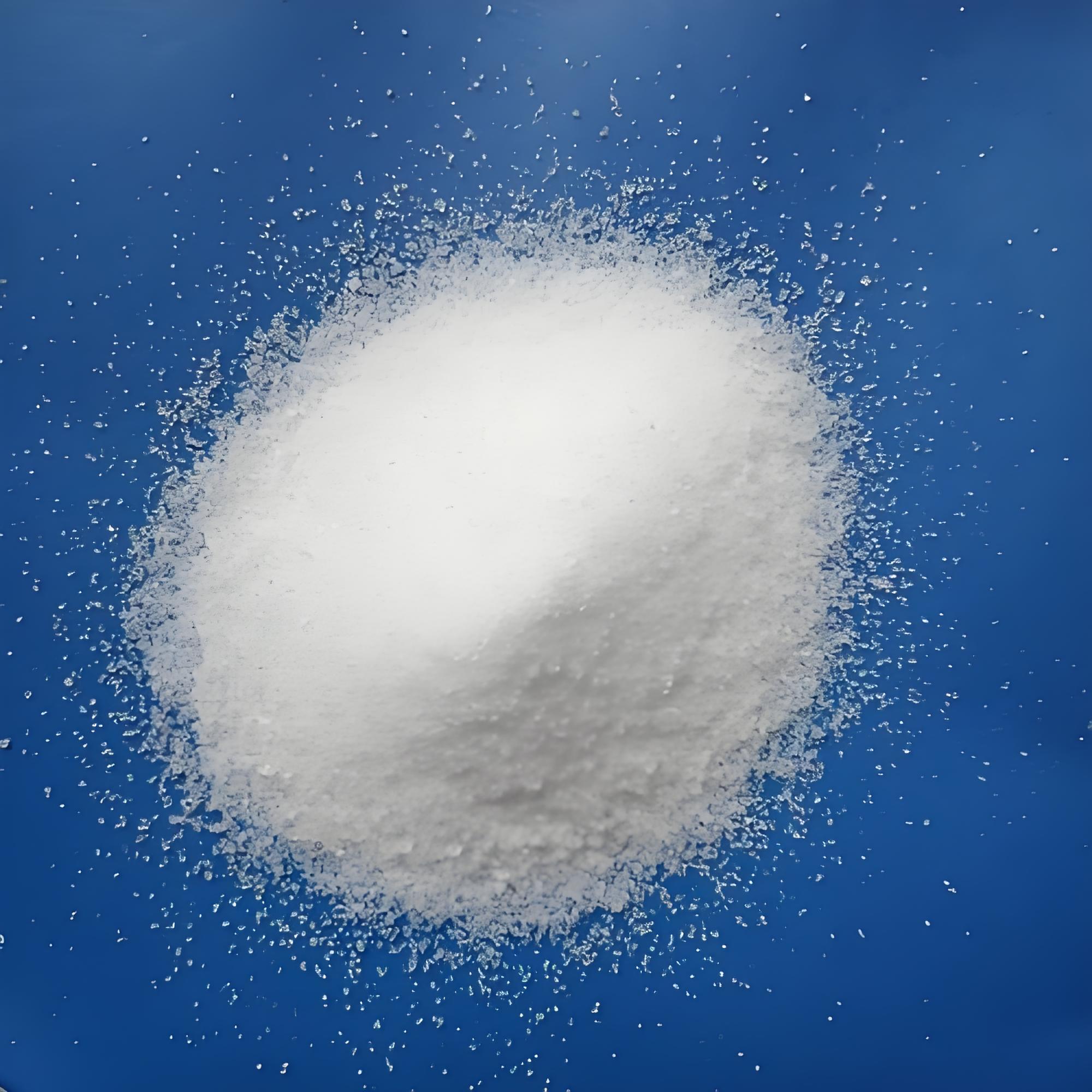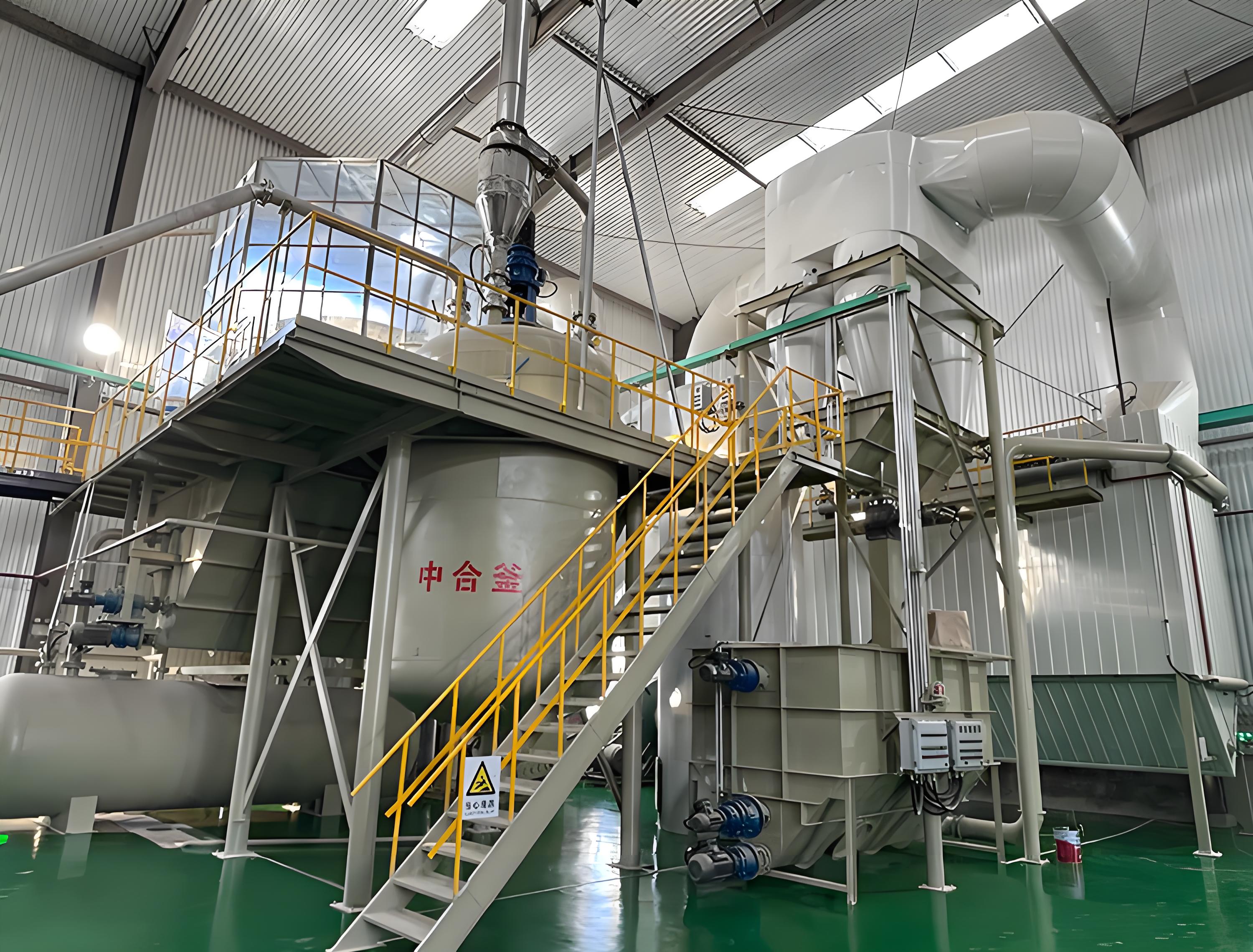Cellulose ether pneumatic conveying
Shandong Dongkai can provide turnkey projects for the process demonstration, design, equipment production, equipment installation, and system debugging of cellulose ether pneumatic conveying systems based on the actual production and usage site layout of cellulose ether materials.
Physical and chemical properties of cellulose ether:
Cellulose ether is a high molecular weight compound with an ether structure made from cellulose. Each glucose ring in cellulose macromolecules contains three hydroxyl groups, the primary hydroxyl group on the sixth carbon atom and the secondary hydroxyl groups on the second and third carbon atoms. The hydrogen in the hydroxyl group is replaced by a hydrocarbon group to form cellulose ether derivatives. It is the product of hydrogen substitution of hydroxyl groups by alkyl groups in cellulose polymers.
Cellulose is a polyhydroxy polymer compound that neither dissolves nor melts. After etherification, cellulose can dissolve in water, dilute alkali solutions, and organic solvents, and has thermoplasticity.
Category:
methyl cellulose
hydroxypropyl methylcellulose
hydroxyethyl cellulose
Carboxymethyl cellulose
Cellulose alkyl ether
Cellulose hydroxyalkylether
Application:
Cellulose ether is a non-ionic semi synthetic polymer with both water solubility and solvent solubility. Its effects vary in different industries, such as in chemical building materials, where it has the following composite effects:
① Water retaining agent ② Thickener ③ Leveling property ④ Film forming property ⑤ Adhesive
In the polyvinyl chloride industry, it is an emulsifier and dispersant; In the pharmaceutical industry, it is a type of adhesive and slow-release skeleton material. Because cellulose has multiple composite effects, its application fields are also the most extensive.



